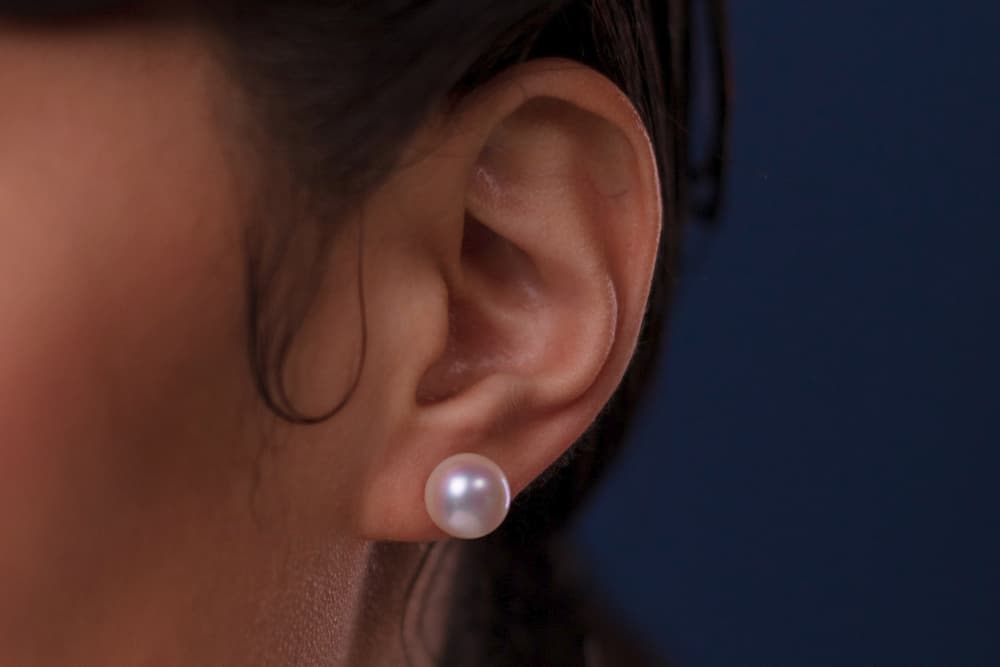Struggling with earwax buildup can be a constant annoyance, and finding a safe and effective way to clear your ears can be frustrating.
You might think that using something as powerful as a Waterpik, known for its efficiency in oral hygiene, could be the answer to your ear cleaning woes. However, this common misconception can lead to dangerous consequences.
This article demystifies the use of Waterpik for ear cleaning, explaining why it’s not only ineffective but also potentially harmful. We’ll delve into safer alternatives that protect your ears while effectively managing earwax, ensuring you make informed decisions for your ear health.
Quick Links
Can You Use A Waterpik To Clean Your Ears?
No, you can not use the Waterpik water flosser (or any other dental flosser) to clean your ears.
We all know water floss is a device that sprays water at a pressure that is high enough to clean foods stuck between your teeth. If you are not a big fan of the strings of dental floss, you will love this. But if you are thinking about cleaning your ear debris with it, then stop.
Let’s take a look at why.
Related reading: Can I Put Hydrogen Peroxide in My Waterpik?
Why Shouldn’t You Use A Waterpik To Clean Your Ears?

Water flossers shoot water to clean debris. But inside your ears? It’s heavily dangerous. Let me explain why.
Moisture is essential for microorganisms to grow in the environment. If you are putting water in your ears, there is a high possibility that bacteria will grow and spread inside your ears and cause infection. These infections may heal, but your hearing ability may not. Swimmers are susceptible to this infection which is commonly known as otitis externa.
High-pressure water can tear your ear’s tympanic membrane, making you deaf forever. The ear controls your body balance, so you are putting yourself at risk by spraying water in the ears. And water can damage the fluid inside the ears. Ear pain, swelling, and tinnitus can occur if you use them.
Now you might be thinking, “What if I don’t spray water, just use the tip of it to scratch?” Again the answer is NO. One of the biggest reasons behind it is hygiene. Who would want to use an oral irrigator covered in war wax and germs?
So, just like you should refrain from using any random objects for cleaning your ear wax, you should also get rid of the thought of washing with Waterpik.
How To Clean Your Ear With a Waterpik Water Flosser?
First, take your water flosser, turn it off and set it aside. You will need it for flossing your teeth later.
Now read the next section of this blog post about safe ways of cleaning your ears.
Safe Ways Of Cleaning The Ear
Did you know ear wax isn’t harmful but beneficial for maintaining ear health? Our ear glands secrete ear wax to protect our ears from germs and small particles in the air. If any small fragments of debris try to get in our ear, they will get stuck in ear wax. Because the ear does a fantastic job cleaning itself, it doesn’t require us to keep them clean.
Now you must be wondering how often you should clean your ear. The answer is every two to three weeks. The best way is to get your ears examined by your doctor and get them cleaned.
Cue tips are something some of us swear by, even I love to scratch my ears with them when it’s itching, but I use oil-covered cue tips. Oil, peroxidase, and glycerin are suitable for melting and removing wax. Try not to put the cue tips deeper in your ears because you can pop your eardrums.
One of the most popular trends people are falling for is ear candling, but a study has found that it puts ears at high risk. This process can rip the ear’s outer lining.
Another safe way to clean ear wax is using an ear wax softener. It’s really easy as you just have to put this solution into your ears and then turn your head so the solution can drain out with all the debris.
Related reading: Philips Sonicare Airfloss Review
Frequently Asked Questions
Can I use a Waterpik to remove earwax?
No, it’s not safe to use a Waterpik for ear cleaning. Waterpik devices are designed for oral hygiene and can emit water at a pressure that’s too high for the delicate structures in your ears. Using it can risk ear infections, damage to the ear’s tympanic membrane, and potentially affect your hearing and balance.
What are the risks of using a Waterpik on my ears?
The risks include the possibility of causing an ear infection due to moisture, damaging the ear’s tympanic membrane which could lead to permanent hearing loss, and affecting the fluid balance in your ears, which could result in ear pain, swelling, and tinnitus.
What are some safe alternatives to clean my ears?
The best way to clean your ears is by visiting a doctor for a professional examination and cleaning. For at-home care, using oil, peroxidase, or glycerin to soften earwax is recommended. Avoid inserting anything deep into your ear canal, including cotton swabs, to prevent damage to your eardrums.
Conclusion
The ear is something we don’t realize how sensitive and important to us. Some of us love to use slim objects for cleaning ears. A dental irrigator might seem like the best object for scratching your ear or cleaning it with water pressure. But using a waterpik for cleaning your ears rather stay in your imagination.
Using Waterpik might seem to be a great DIY but it’s not safe. Investing and spending some money on your ear maintenance is nothing but a necessity so get it done by professionals for better ear health. So, now you know waterpik shouldn’t be used for your ears and why you should’t use it.
